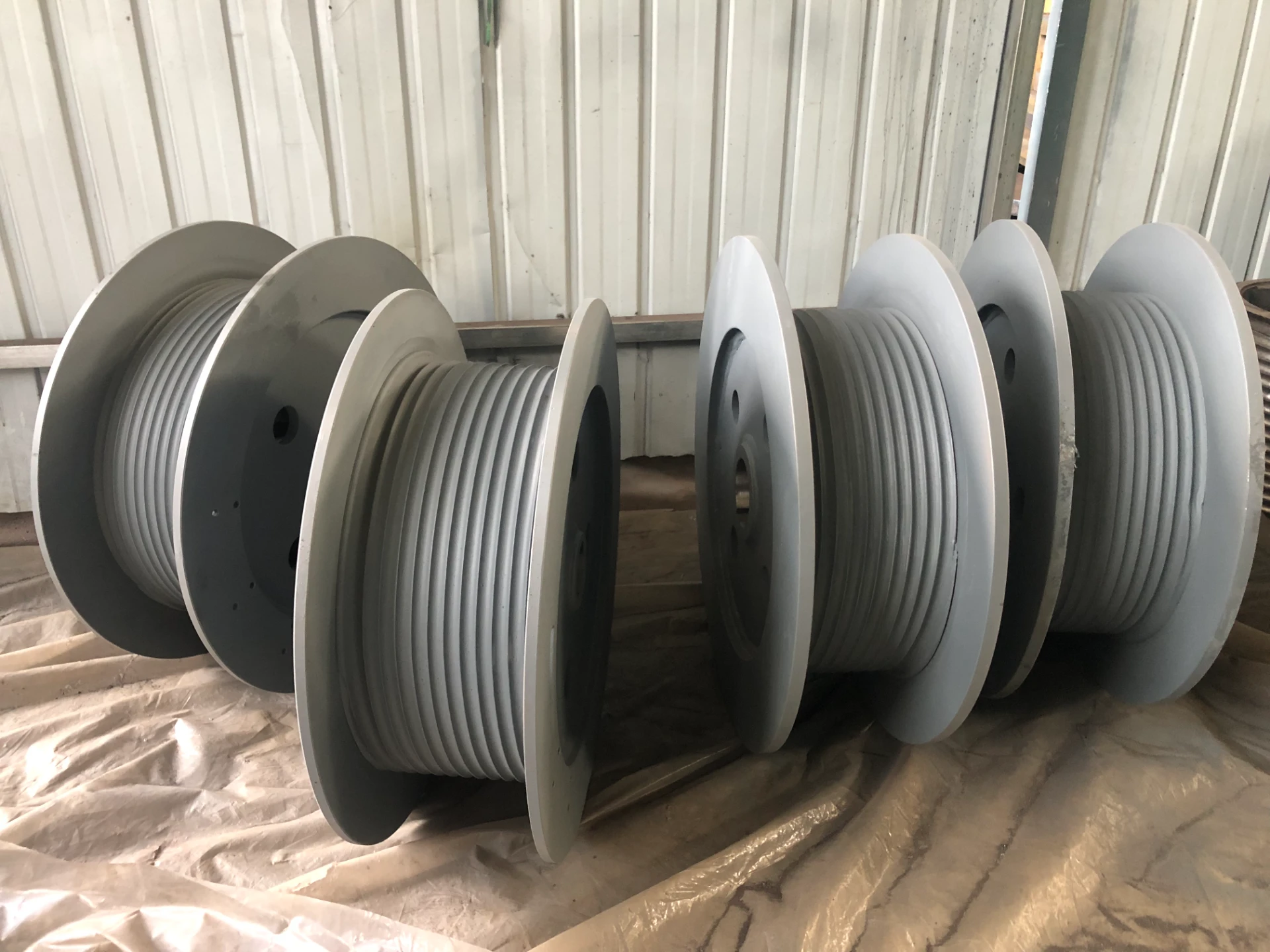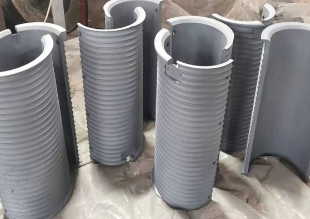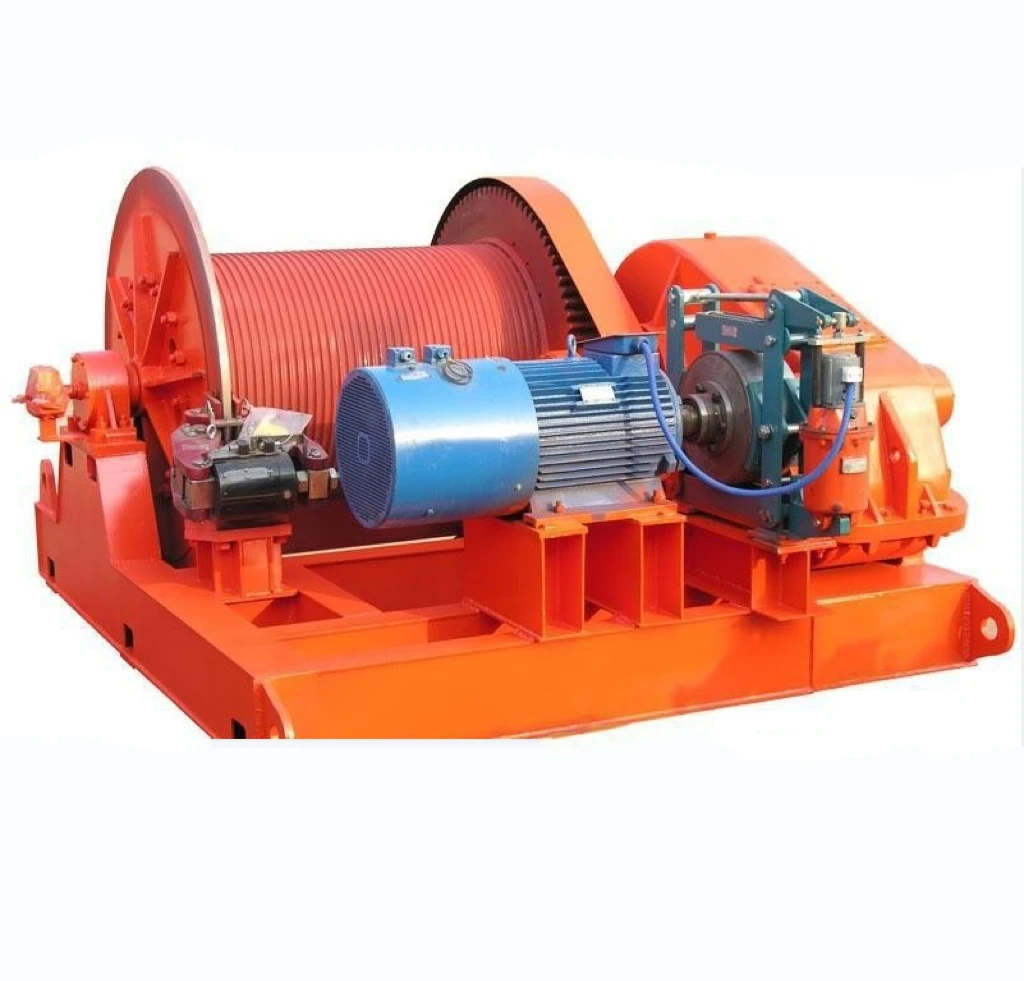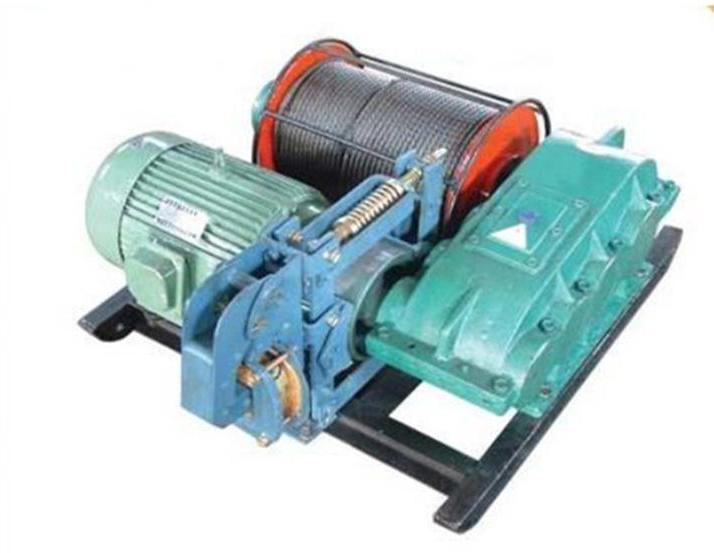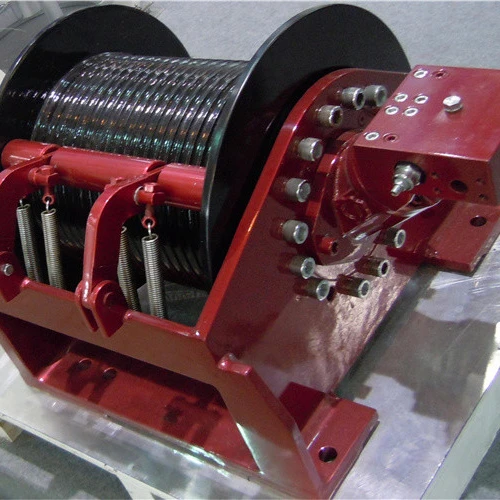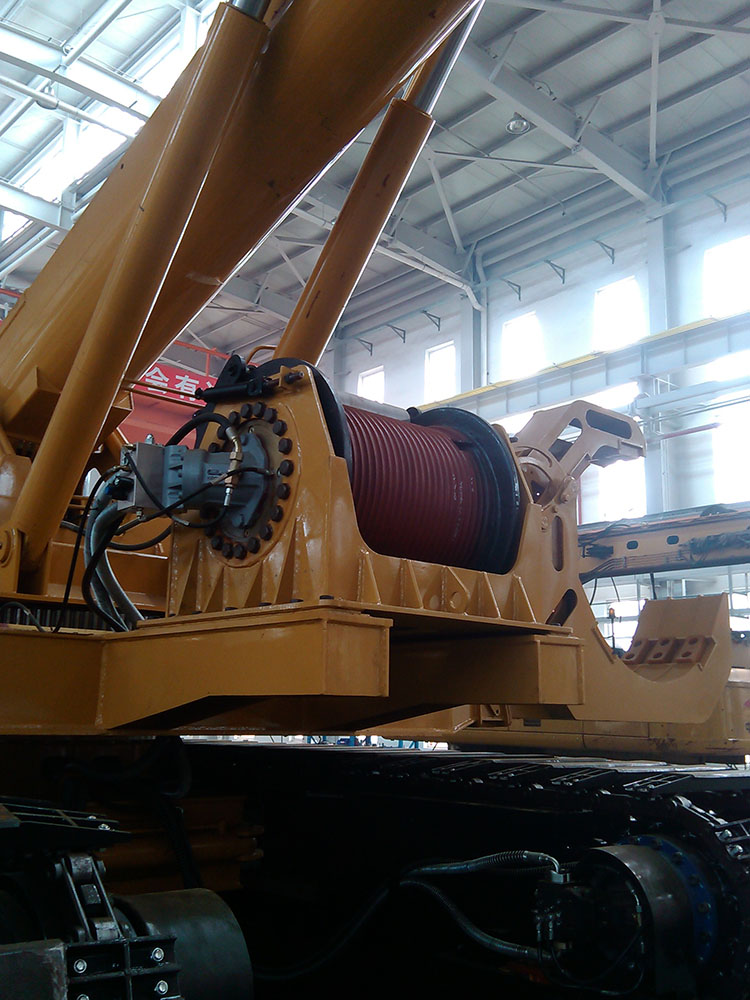Hydraulic Driven Winch – Reliable Heavy Lifting Solutions for Industry & Relief
Understanding the Hydraulic Driven Winch: Why It Matters Globally
Hydraulic driven winches might sound like something out of a very technical manual, but they quietly play a crucial part in industries worldwide—from construction sites across the deserts of the Middle East to remote humanitarian relief zones in Southeast Asia. Essentially, these machines use hydraulic power to pull or hoist heavy loads, providing reliable, efficient force in situations where electric or manual alternatives just won’t cut it.
Why is this important? Well, as industries keep expanding into tougher terrains and more complex infrastructure challenges, the need for robust, adaptable winching solutions grows alongside it. Learning about hydraulic driven winches allows us to appreciate how specialized equipment shapes global development, emergency response, and even large-scale logistics. There's a subtle but very real benefit in understanding how these machines silently contribute to safer, faster, and more sustainable projects worldwide.
Global Context: The Rising Demand for Hydraulic Winches
According to data from the International Organization for Standardization (ISO) and the World Bank, sectors like mining, maritime, and energy production are expanding by roughly 3-5% annually, particularly in developing regions. As industrial projects move into more remote or harsh environments, the need for versatile lifting and pulling equipment has surged.
Hydraulic driven winches address a critical challenge: how to exert controlled force without relying on vulnerable electric systems, especially where reliable power isn’t guaranteed. Oddly enough, many engineers I’ve spoken to mention that while electric winches are handy in urban zones, hydraulic winches shine when you’re miles off the grid, operating in extreme weather or on unstable grounds.
What Exactly Is a Hydraulic Driven Winch?
In simple terms, a hydraulic driven winch is a device that uses fluid pressure, generated by a hydraulic pump, to rotate a drum with a cable or rope wrapped around it. This rotation allows it to pull, lift, or position heavy loads with remarkable precision and strength—think of it as a muscle powered by fluid rather than electricity or manual effort.
This technology is deeply connected to modern industry needs. When you consider humanitarian efforts in disaster zones where electricity is scarce, hydraulic winches are often preferred to help clear debris, move supplies, or set up infrastructure swiftly and safely. It’s a perfect blend of strength, control, and adaptability for tough realities.
Core Components and Key Factors
1. Durability
Hydraulic winches are built to last, often made with corrosion-resistant steel and sealed components. This means they can withstand harsh environments — from saltwater exposure on ships to muddy mine sites — without failing prematurely.
2. Scalability
You’ll find hydraulic winches in sizes ranging from small portable units to massive machines capable of pulling tens of tons. This scalability is critical because industries need solutions tailored to specific load requirements, not just a one-size-fits-all approach.
3. Energy Efficiency
Though they rely on hydraulic fluid and pumps, which use engine power, the force translated is much smoother and more controllable than electric motors under heavy load. Such efficiency can reduce fuel consumption and wear on machinery overall — definitely a win for long-term operational costs.
4. Customization Options
Hydraulic winches can be customized for torque, speed, drum size, and even remote operation. This means engineers can tailor solutions for unique challenges, whether it’s a fast deployment setup for emergency teams or a high-torque system for offshore oil rigs.
Mini takeaway:
Hydraulic driven winches blend durability, scalability, energy efficiency, and customization to meet diverse industry challenges head-on.
Where Are Hydraulic Driven Winches Making a Difference?
Around the world, from remote mining operations in Australia to the rebuilding efforts after hurricanes in the Caribbean, hydraulic driven winches are invaluable. In post-disaster relief operations, they help clear rubble or reposition heavy equipment quickly, saving precious time and lives. In industrial zones far from power grids—think of remote oilfields in Siberia or emerging infrastructure sites in Africa—hydraulic winches provide reliable force without the infrastructure hassles.
Even in urban construction projects, they bring precise control where heavy lifting in tight spaces is required. Some marine operations use hydro winches for anchoring or towing where electric systems risk water damage.
Advantages: Beyond the Specs
- Reliability: Hydraulic winches keep working where other motors might stall or fail.
- Safety: Smoother control reduces accidents during critical lifts or pulls.
- Cost-efficiency: Lower maintenance and operational costs conserve budgets over time.
- Emotional impact: For workers and responders, trusting equipment that performs consistently is a huge morale booster.
It’s kind of like having a dependable colleague — one you rarely notice until the very moment you absolutely need them.
Basic Technical Specs of a Typical Hydraulic Driven Winch
| Specification | Typical Range | Notes |
|---|---|---|
| Pulling Capacity | 1,000 - 50,000 kg | Varies by model and application |
| Drum Diameter | 200 - 1,000 mm | Affects rope length and speed |
| Operating Pressure | 150 - 350 bar | Typical range for hydraulic fluid |
| Power Source | Hydraulic pump (tractor/engine-driven) | Often integrated on machinery |
| Control | Manual, remote, or automated | Flexibility for different needs |
Vendor Options and What Sets Them Apart
| Vendor | Key Strength | Customization Level | Typical Industry |
|---|---|---|---|
| HydroForce Ltd. | High performance, durable units | Medium - custom torque/speed | Mining, maritime |
| WinchPro Systems | Compact designs for limited space | High - full customization options | Construction, oil & gas |
| Global Hydraulics Inc. | Automation & digital integration | Medium | Energy, logistics |
The Future of Hydraulic Driven Winches
The industry is slowly shifting towards greener and smarter solutions. Many companies are experimenting with eco-friendly hydraulic fluids and integrating sensors for predictive maintenance—sometimes connected to IoT networks for remote monitoring. Automation is another big trend, with semi-autonomous winch operations reducing human risk in hazardous sites.
Digital transformation means operators might soon control hydraulic driven winches entirely through smartphones or tablets, improving efficiency and data collection in real-time. The sustainability angle is also critical, especially as standards from bodies like ISO push for lower emissions and safer industrial processes.
Challenges and How Experts Are Tackling Them
One ongoing issue with hydraulic driven winches is fluid leakage, which can cause downtime or environmental risk. Manufacturers have responded by improving seal technology and moving toward biodegradable hydraulic fluids. Another challenge is ensuring operator safety during complex maneuvers; here, remote control and automation have stepped up.
Many engineers suggest user training is vital because even the best tech can fail if mishandled. Surprisingly, a lot of innovation isn’t just in the gear but in the way humans work with it. It’s a partnership, really.
Frequently Asked Questions About Hydraulic Driven Winches
- Q: How does a hydraulic driven winch differ from an electric winch?
- A hydraulic winch uses fluid power to generate torque, making it better suited for heavy loads and challenging environments without stable power. Electric winches are often lighter but less powerful and vulnerable to moisture and power outages.
- Q: Can hydraulic winches be used in emergency disaster zones?
- Absolutely. Their reliability in harsh, off-grid conditions makes them excellent for relief operations, where clearing debris or moving equipment quickly is crucial.
- Q: What maintenance does a hydraulic winch typically require?
- Regular checks of hydraulic fluid levels, seals, and hoses are essential. Periodic inspections ensure no leaks or damage occur, which can prevent costly breakdowns.
- Q: Is it possible to customize a hydraulic driven winch for specialized needs?
- Yes, manufacturers usually offer customization options like varying torque, drum sizes, control types, and integration with digital systems to fit specific operational requirements.
Wrapping Up: Why Hydraulic Driven Winches Are Here to Stay
When you consider the combination of strength, adaptability, and reliability, it’s clear that hydraulic driven winches fill a unique niche worldwide. They help build infrastructure, foster recovery, and offer a dependable workhorse in places where other machines would falter.
If you’re interested in exploring cutting-edge hydraulic driven winch solutions tailored to your industry, don’t hesitate to visit our website. It’s always worth investing in equipment that truly stands the test of time and terrain.
References & Further Reading
-
Double Drum Hydraulic Winch – Durable, Efficient Load Handling SolutionsNewsNov.25,2025
-
Hydraulic Drum Winches: Powering Heavy Lifting with Precision and DurabilityNewsNov.24,2025
-
Hydraulic Crane Winch – Powerful & Precise Heavy Lifting Solutions | LBS WinchNewsNov.23,2025
-
Electric Over Hydraulic Winch: Efficient, Durable Lifting Solutions for Modern IndustryNewsNov.23,2025
-
Hydraulic Logging Winch Guide | Global Applications & InnovationsNewsNov.22,2025


